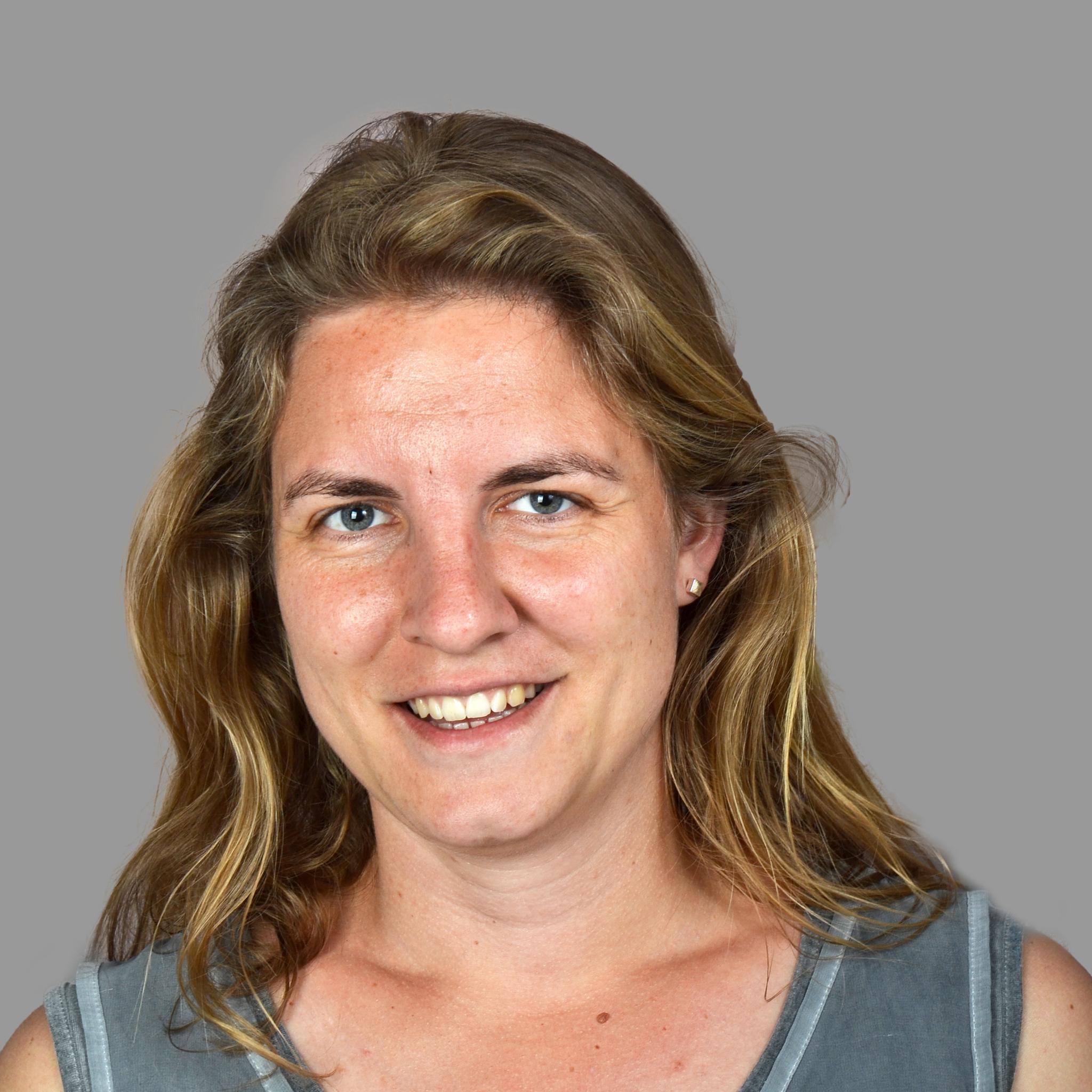Aimée Slangen

As a climate researcher, I investigate sea level change from the beginning of the 20th century into the future. Using measurements and computer models, I reconstruct past sea levels and project future sea levels on regionals scales, such as the North Sea. As sea-level change is the result of many different processes in the climate system, I include changes in the ocean, changes in the ice, changes in the solid earth and changes in the atmosphere in my studies. With my research, I hope to better understand how regional sea levels have changed in the recent past and contribute to a realistic picture of what we can expect in the coming years. This is important to reduce the impacts and risks at coastlines around the world.
Contact details
+31113577450Department
Research interests and expertise
- Global and regional sea-level change
- Climate change
- Underlying causes of sea-level change
- Contributions to sea-level change from land ice & ocean & atmosphere & solid Earth
- Coastal impacts of sea-level change
Additional functions
Utrecht University, Faculty of Geosciences - Senior Fellow - 15/12/2025